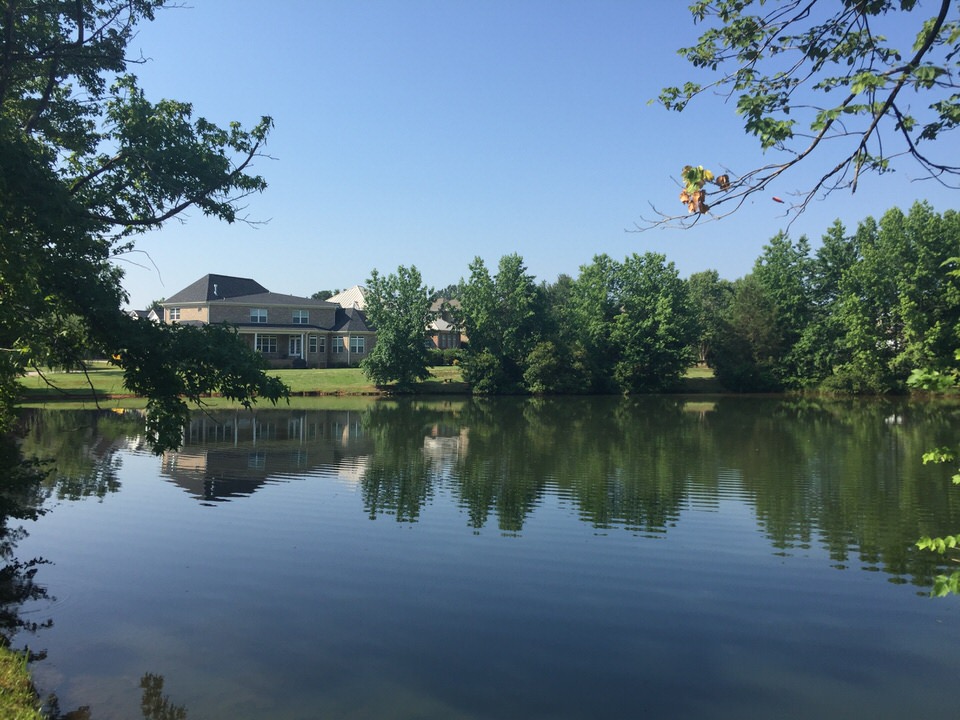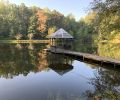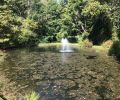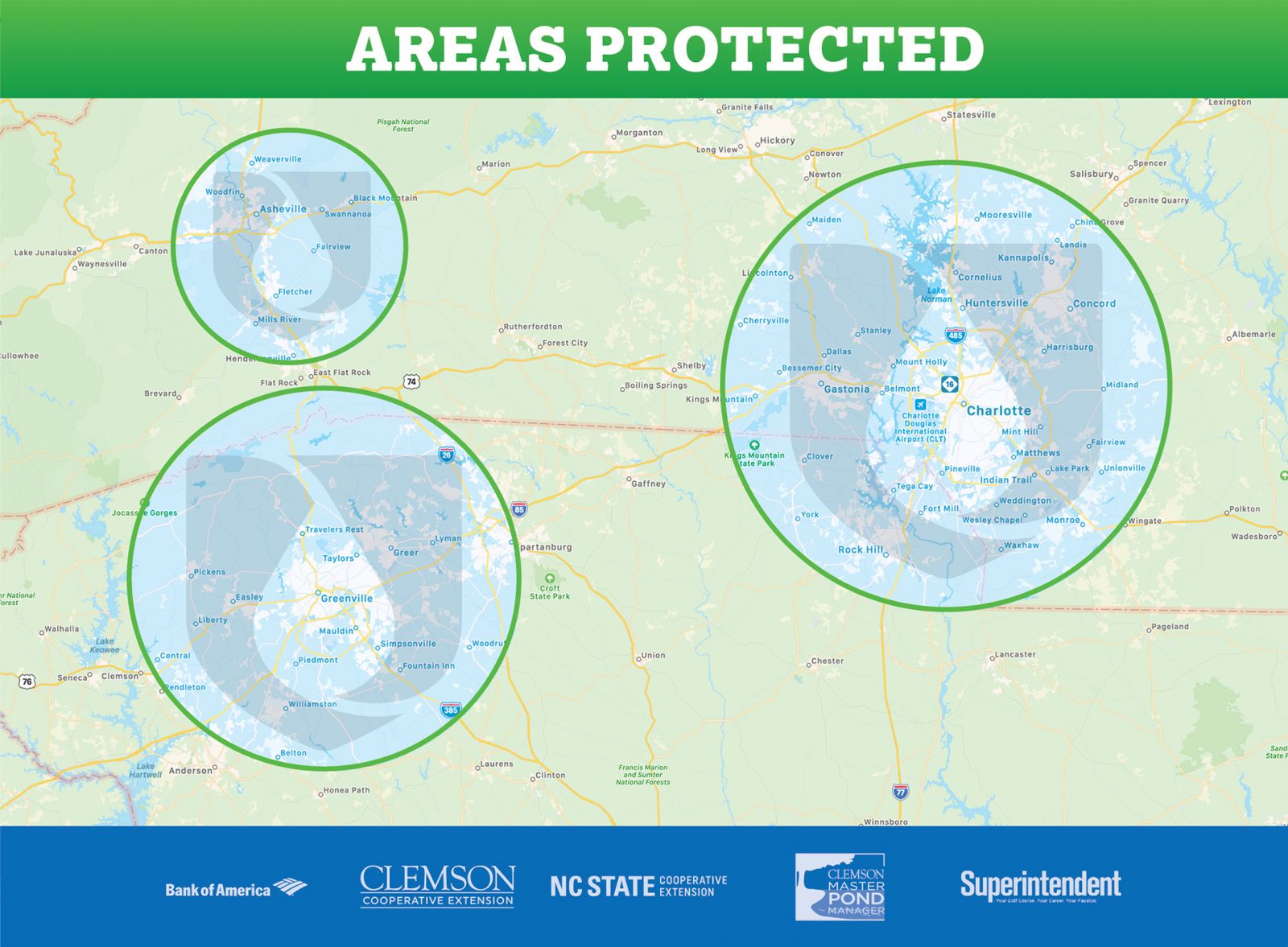When you think of “aquatic weeds” what comes to mind? Probably words like “bad, annoying, harmful,” etc. What if I told you aquatic weeds aren’t all bad and some are healthy and good for the environment and animals?
If you have ever been around salt water, you have probably seen Eelgrass. It’s a perennial plant with a lifespan of more than two years. It is primarily found in salt water, but it’s not uncommon to find it in your neighborhood’s lake or pond.
Tapegrass, water-celery, or wild celery are all names for Eelgrass. It is a is a rooted submerged plant that has long, skinny, ribbon-like leaves (1/2 – 3/4 inches wide) that are about 3 to 4 feet long and clustered. It is not a seaweed.
Don is an officer in his HOA (home owners association). He called us nervous that there was a new aquatic weed in their pond. He described it as something you might see in an under the ocean type documentary.
We realized it was Eelgrass and told him there wasn’t much to worry about. We explained that (in moderation) Eelgrass was good for the ecosystem. It’s seeds, roots, and leaves provide food for ducks and other waterfowl, while its solid underwater structures provide an excellent home for invertebrates and fish.
However, too much of it can sometimes interfere with boating, swimming, and fishing.
Once he realized Eelgrass wasn’t so bad, he asked how to keep it under control and if dredging the pond and starting over would help regulate it. We told him that dredging destroys it and terminates food and shelter for the entire ecosystem. We also explained that dredging is a very costly event and there are better (and less expensive) ways to keep your pond healthy.
After he talked to the rest of the HOA officers, Don decided to become a member so the ponds in his neighborhood would always look beautiful.

Fun Fact: Eelgrass can be used for stuffing mattresses/ cushions, and can be used as building material for roofs and as a source of biomass that is used for the production of energy.
In Summary:
- Eelgrass seeds, roots, and leaves are eaten by ducks and other waterfowl, while its thick underwater structures provides an great habitat for invertebrates and fish.
- Eelgrass is not a seaweed; it is a blooming, underwater grass
- Eelgrass has a vast rhizome system that lets it to form dense colonies and mostly excludes other submerged plants.
- Too much can interfere with water activities/ sports
- Dredging is costly and destroys eelgrass and eliminates food and shelter for an entire ecosystem.
- Light is a main factor that determines the limits of eelgrass growth.
- Lake Management is the key to success.
Now serving Greenville SC, Spartanburg SC, Asheville NC, & Charlotte NC areas.
Get started. And become a member today!




